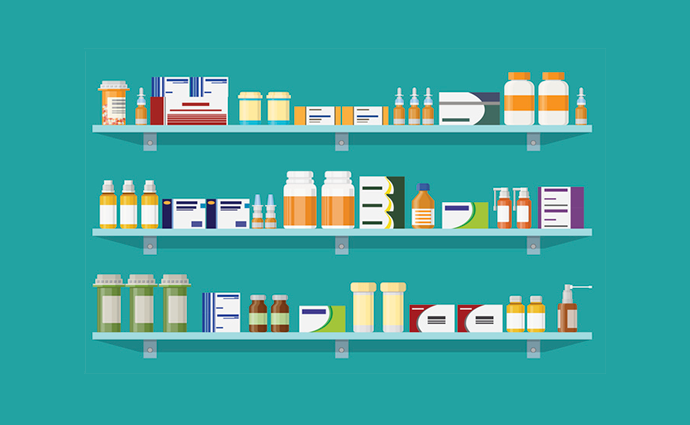Proposed Rule Seeks Lower Medicare Advantage, Part D Drug Prices
Proposed rule looks to give Medicare Advantage and Part D plans the leverage to negotiate lower drug prices, out-of-pocket expenses.

Source: Thinkstock
- CMS has opened comments on a proposed rule with the purpose of lowering the cost of prescription drugs and out-of-pocket expenses under Medicare Part C (Medicare Advantage) and Part D. The proposed rule aligns with the Trump Administration’s imperative to curb the high costs of prescriptions which continue to rise.
On Monday, the federal agency announced the proposed rule set to hit the Federal Register later this week alongside a fact sheet highlighting the most important components of the rule.
The first major provision would give Medicare Advantage and Part D plans flexibility regarding six protected class of drugs — antidepressants, antipsychotics, anticonvulsants, immunosuppressants for treatment of transplant rejection, antiretrovirals, and antineoplastics. The proposed rule maintains the protected status of these drugs but allows Part D plans to seek discounts, especially for beneficiaries requiring these medications.
All told, the proposed rule stipulates three exceptions:
1. implement broader use of prior authorization and step therapy for protected class drugs, including to determine use for protected class indications;
2. exclude a protected class drug from a formulary if the drug represents only a new formulation of an existing single-source drug or biological product, regardless of whether the older formulation remains on the market; and
3. exclude a protected class drug from a formulary if the price of the drug increased beyond a certain threshold over a specified look-back period.
A second provision targets e-prescribing and would require Part D plans to adopt a provider Real Time Benefit Tool by the start of 2020.
“RTBTs have the capability to inform prescribers when lower-cost alternative therapies are available under the beneficiary’s prescription drug benefit, which can improve medication adherence, lower prescription drug costs, and minimize beneficiary out-of-pocket costs,” CMS stated.
Under a third major provision, Medicare Advantage plans must implement step therapy for Part B medications as a utilization management tool.
“We believe that step therapy as a utilization management tool will better enable MA organizations to ensure that Medicare beneficiaries pay less overall or per unit for Part B drugs,” the federal agency indicated. “Under the proposal, step therapy requirements may only apply to new starts of medication, must be reviewed and approved by the plan’s pharmacy and therapeutics committee, and coverage requests related to Part B drugs will be subject to shorter adjudication timeframes that mirror the current rules in Part D.”
Part D explanations of benefits are the focus of a fourth provision. These Medicare plans will be tasked with including drug pricing information and lower cost therapeutic alternatives as part of these explanations with the goal of enabling Medicare beneficiaries to lower their out-of-pocket expenses.
A fifth provision would prohibit the practice of inserting gag clauses into pharmacy contracts. These clauses prohibit or penalize pharmacies that disclose a lower cash price to beneficiaries, thus preventing the latter from learning about lower-cost alternatives.
A six and last provision focuses on negotiated prices for pharmacy payments, although the timeline for implementation remains uncertain. “The policy we are considering would reduce beneficiary out-of-pocket costs, and improve price transparency and market competition under the Part D program,” CMS observed.
The federal agency is responding to changing payment methods based on performance:
The negotiated price for a drug is the price reported to CMS at the point of sale, which is used to calculate beneficiary cost-sharing and generally adjudicate the Part D benefit. With the emergence of performance-based pharmacy payment arrangements, the negotiated price is increasingly higher than the final payment to pharmacies unless it incorporates the large price concessions that result from these arrangements. Higher negotiated prices lead to higher beneficiary cost-sharing and faster beneficiary advancement through the Part D benefit.
Earlier this month, Surescripts noted that that prescription spending is projected to increase 6.3 percent and carry with it a $10-increase in copays along with the added risk that beneficiaries will not use their prescriptions. The health information network found that the RTBT use was linked to decreases in prescription costs as a result of providers choosing less costly alternative medications.
